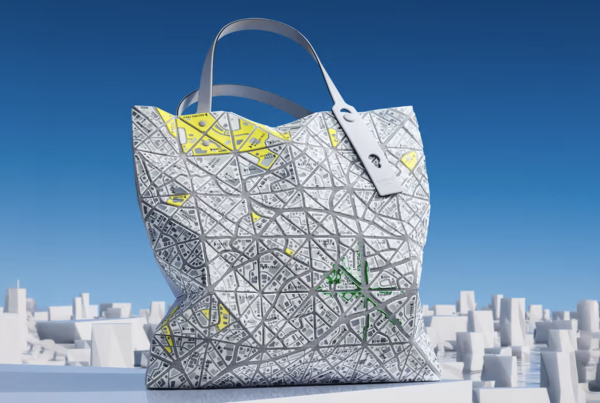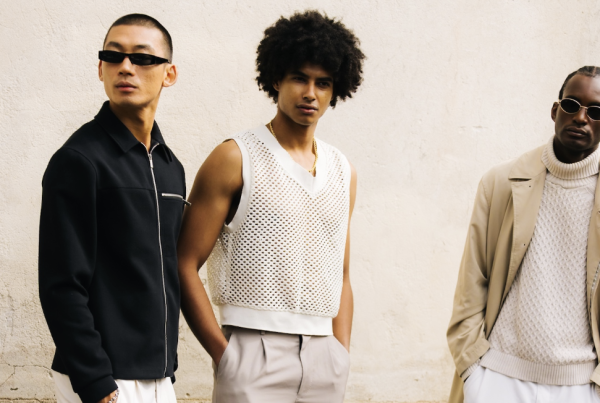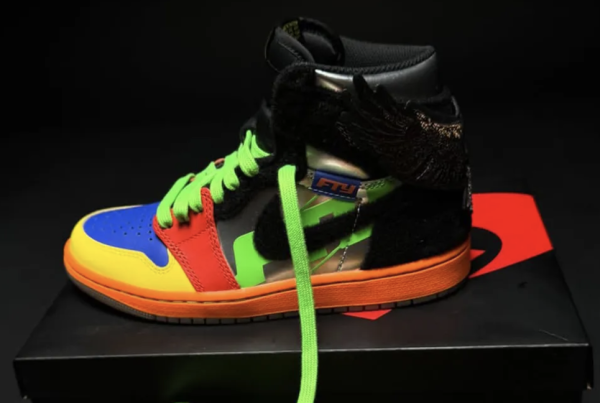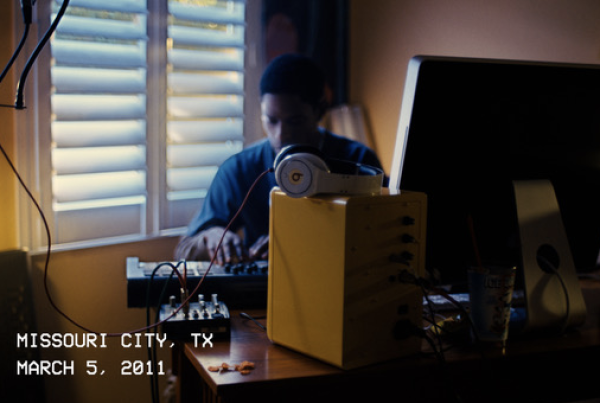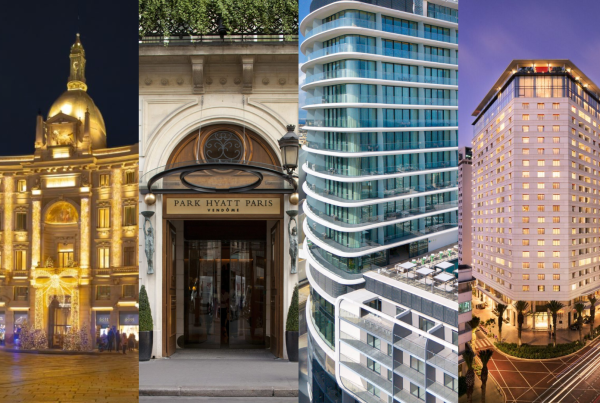

Ideas influenced by behaviour, experiences and perceptions expressed as an artistic composition is how we at PAUSE would like to interpret the term Fashion. It’s no news that the formidable fashion world is under compulsion to pioneer new collections seasonly, Gabrielle Chanel famously uttered the words “Fashion is made to become unfashionable”, which precisely captivates the real essence and fluidity of this admired industry.
Amidst all contemporary trends that rarely seem to fade but merely reshape annually, the so called religious iconography movement has concurrently resurfaced. Interior design too has seen a trend in religious iconography interest with retailers like Posterlounge seeing a rise in religious prints. Both Islamic and Hindu influences are noticable but symbols and imagery have particularly been drawn from Catholicism resulting in a somewhat debatable yet powerful impact on fashion and cultures.

“It’s a new era in fashion – there are no rules. It’s all about the individual and personal style” – Alexander Mc Queen
Alexander McQueen, Versace and most recently Givenchy are amongst the many designers to be inspired by religion. As we also mention Holy Grail, Born Sinner and Bow Down you begin to realise other industries have started to follow suit contributing to this modern crusade formally known as art.
The question we find ourselves answering is why would one link religion to fashion? designers’ inspiration regularly comes from past experiences such as upbringing and cultural values. As you would expect the so called rigidity of religion as a child particularly in a country like Italy is an experience that would surely resonate. As a result moving designers and the like to express such values in their collections of art.
One’s perception is also to be considered as similarities between religion and fashion can be drawn. Religion can often be down to ones interpretation, same can be said for Fashion. Within the fashion industry there are myriads of different designers all trying to achieve the same goal which is to have their clothes recognised and appreciated worldwide. In like manner theres a multitude of religious beliefs recognized globally, yet once again their end goal is united, that is to serve their god to the best of their ability. It is likely that these two comparable structures are mutually appreciated and used as a medium within fashion.



Ultimately we end on behaviour, particular the behaviour within society throughout history. When referring to biblical imagery and symbolism, to many they generate feelings of dedication and faith. Religious iconography also took a center stage during 14th century (early renaissance) right the way up until the 18th century (a bout of romanticism). These deeply iconographic times created revolutions of prestige, power and excellent craftsmanship. A battle between harmony and restraint coupled with individual thinking. While romanticism produced revolts against deep rooted social norms. Today’s era seems to be no different with similar ideals resurfacing. Alexander McQueen once mentioned “its a new era in fashion – there are no rules, it’s all about the individual and personal styles.” A quote that turned out to be timely and most certainly true. PAUSE likes to view it as a current day renaissance which we are experiencing.
“Fashion is made to become unfashionable” – Gabrielle Chanel
It’s understandable that boundaries in fashion are there solely to be conquered. designers and Labels are well aware that religious values, whether believed in or not are not easily dismissed. It’s clear to see from a designers point of view that the zeal shared in beliefs is one that is equally shared in their esteemed field of fashion, proving to be regarded as highly favorable and complimentary…which is only for one or two seasons, prior to a new movement of inspirations taking over and PAUSE finds themselves once more justifying the reasons that be.
Buy the autumn issue here featuring the religious iconography feature.
Words by Taze Phillips


